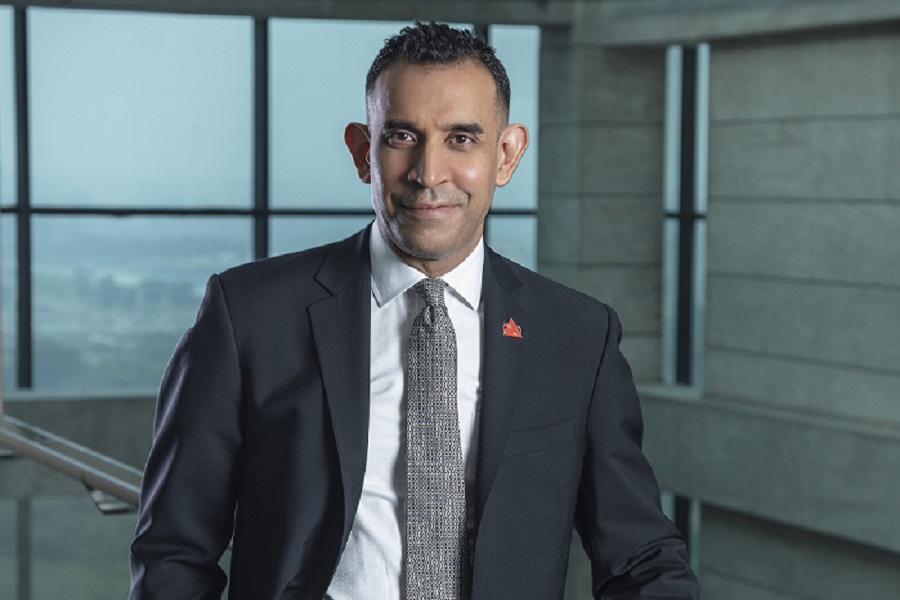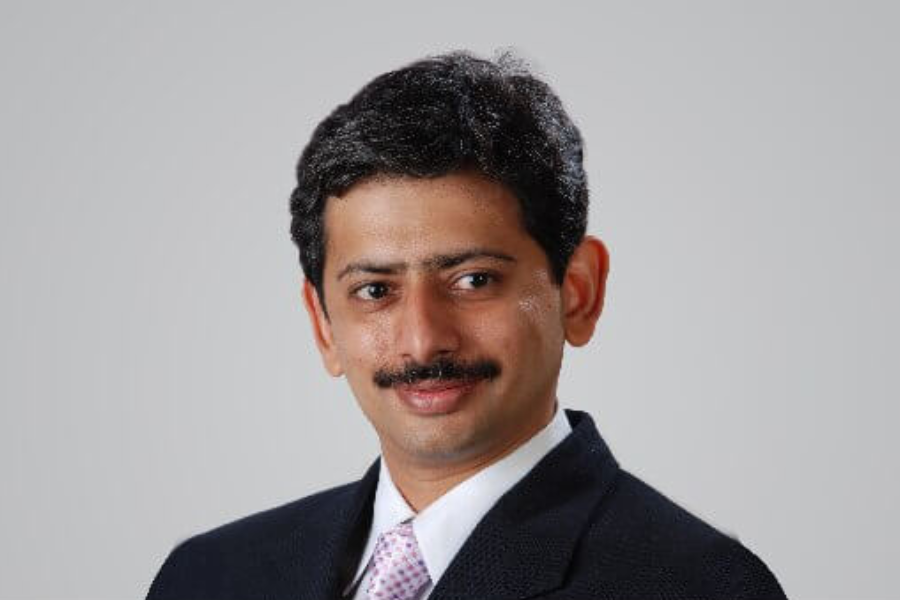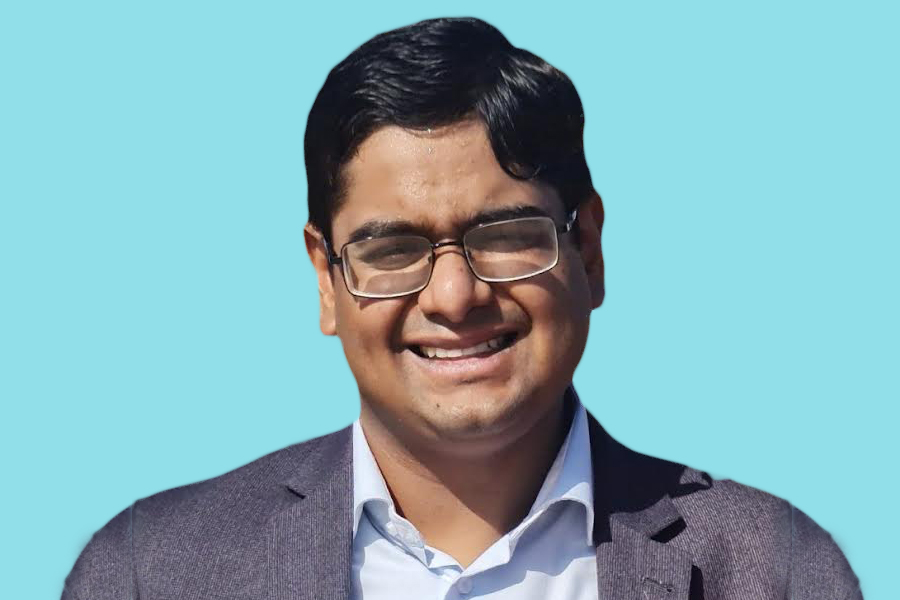Embracing green mobility is the need of the hour
Electric vehicle manufacturing in India has experienced remarkable growth and transformation in recent years. With a strong focus on sustainability and reducing carbon emissions, the Indian automotive industry is rapidly shifting towards the production of electric vehicles (EVs). In this dynamic landscape of e-mobility, both domestic and international automakers are actively contributing to India’s journey towards a greener and more electrified future.
Omega Seiki Mobility is one of the leading mobility companies dealing with electric vehicles, high-tech auto components as well and infrastructure solutions. IBT spoke to Mr. Uday Narang, Founder of Omega Seiki Mobility as he shared his views on India’s electric mobility sector, infrastructure and government schemes.

Image credit: Omega Seiki Mobility
IBT: What was your inspiration for venturing into the electric mobility sector? What are your key business segments and how has the venture progressed so far?
Uday Narang: After spending thirty-five years in the U.S. and Europe, I was driven by the vision of sustainable green energy and the desire to enact meaningful change. I recognized that some of the world’s most polluted cities were in our nation. As we aspire to become a 5 trillion-dollar economy and participate in global events like the G20 summit, it’s imperative that green energy sustainability isn’t confined to a mere four days when we temporarily address environmental issues. Our commitment extends to creating lasting change. We must transform our entire landscape and sustain these efforts beyond those short intervals, ensuring a cleaner, better India for our future generations and our children.
That was the core ethos behind developing OSM. We are involved in the cargo sector, which is a major contributor to pollution. Today, OSM is the third-largest player in the electrification of the three-wheeler sector, but we are also working on electrifying three-wheelers, two-wheelers, cargo vehicles, trucks, and even three-wheeler passenger vehicles. We operate the largest e-logistics company and electric registry company in the nation, with a presence across the entire country. I just returned from Nagpur earlier this morning. OSM is establishing touchpoints all across India. We have different types of vehicles, the most extensive network of fixed fast-charging stations, and a wide range of products as we work towards building a cleaner, greener India.
IBT: How do you envision the future of electric mobility in India, and what role does your company play in shaping it?
Uday Narang: People say that the future is electric. I say the present is electric. If you see close to 52 three-wheelers are already electric. 40% to 50% of two-wheelers are electric. Over the next five years, I see 80% of two-wheelers going electric and then maybe you know 70% to 80 percent of three-wheelers will be electric. Four wheelers in the next five years will be 30%. So, I think you are seeing a huge amount of change. You are seeing the central government push for electrification but you are seeing every state whether it is Delhi or whether it is Tamil Nadu, whoever it is, everyone is moving towards electrification. I think it is not just electrification, it is green energy sustainability. There will be possibilities where we will have not only electric LEDs but hydrogen and ethanol as well. I was just fortunate enough to spend some time with Gadkari ji recently in Nagpur and he was talking about how ethanol and hydrogen will also be important. We are working on hydrogen on our trucks. So they would be a very very significant move. It is the need of the hour. The total cost of ownership (TCO) models are showing that and I think OSM has worked all across the three, two and four-wheelers in the past, in the cargo and on the passenger side in the three-wheelers together.
IBT: What is your approach to staying ahead in the competitive landscape of high-tech auto components, considering the rapid pace of technological evolution?
Uday Narang: Electric vehicles (EVs) are like regular internal combustion engine (ICE) vehicles but with only 250 parts. There are far fewer components, with the battery, powertrain, and motors being the most crucial. We are working in-house and collaborating with partners from Korea, Japan, Europe, and the United States. I do have a slight bias against Chinese partnerships, although it’s not against the Chinese people. I believe in bringing these technologies to India, and manufacturing them here, and at OSM, we have established joint ventures with Koreans for building the powertrain and with Americans for battery production. Thus, we are engaged in in-house research and development. We already have centers in India, Thailand, Korea, and Europe, and we are bringing these alliances to India to develop technology locally.
Omega, a major automotive parts manufacturer, has been consistently working on advancing technology with the talented individuals in our country. We have a pool of exceptional engineers who don’t need to travel to Canada, Australia, or America to innovate; they can do it right here in India. OSM has been dedicated to this mission for the past eight years, while Omega has been at the forefront of technology for the last 50 years.
IBT: Please share insights into the integration of renewable energy sources with your infrastructure projects to create more sustainable charging solutions.
Uday Narang: We are staunch advocates of green sustainability, evident in our firm commitment to eco-friendly practices. Each of our factories has been equipped with solar panels, harnessing the power of the sun to meet our energy needs. Furthermore, we have made a bold pledge to achieve carbon neutrality by 2030.
In pursuit of this goal, we have transitioned our entire transportation fleet to electric vehicles, minimizing our carbon footprint. Our relentless efforts are dedicated to ensuring that our entire production process operates on clean, green energy rather than conventional, polluting sources. Our vision is to rely primarily on solar and hydroelectric power for all our operations.
We are unwavering in our dedication to this cause, and over the next seven years, I personally commit to achieving a 100 percent carbon-neutral status for all our production facilities and other operational facilities.
IBT: How do you view the role of the government in accelerating EV adoption and your suggestions for the industry going forward, particularly in the context of FAME 3?
Uday Narang: I firmly believe in the principle of ‘don’t ask what the country can do for you; ask what you can do for the country.’ While I acknowledge the positive impact of initiatives like FAME One, FAME Two, and the upcoming FAME Three, I also believe that we all should strive to build businesses that are not solely reliant on government support. It’s crucial that we work towards achieving this goal.
In India, the central and state governments can certainly play a role by facilitating access to cheaper financing for electric vehicles and by investing in the development of charging infrastructure. While subsidies are important, creating a robust ecosystem is equally vital. At OSM, we are focusing on establishing a business that can thrive independently of subsidies. If we receive subsidies, that’s great, but we have the financial stability to operate successfully without them.
I genuinely appreciate the efforts made by both the central and state governments, such as those in Delhi, Karnataka, and Tamil Nadu. However, I believe that Fame 3 should pay more attention to electric trucks, as there is currently no subsidy available for them. Additionally, expanding the charging infrastructure and addressing the issue of high interest rates for electric vehicle financing, especially for those with lower incomes, is essential.
The PLI (Production-Linked Incentive) schemes are positive, but they should benefit a broader range of businesses, not just the top tier. I’m not complaining; I believe the government has done commendable work. While we can continue to request more from the government, we also need to step up ourselves. It should be a collaborative effort between the public and private sectors. OSM has always embraced this approach, collaborating with universities and state governments. For us, this journey is a marathon, not a sprint.
IBT: Lastly, what advice would you like to offer to those who are looking to build their enterprise in this electric mobility space– opportunity areas and challenges to be wary of?
Uday Narang: In this realm, it’s not a mere checklist of tasks (a, b, c, d); it’s about a profound, enduring approach. Safety always takes precedence, for the vehicles and products involved could belong to someone’s cherished family. Unsafe products masked as startups are unacceptable. As a staunch supporter of startups, my counsel to every aspiring individual, whether man or woman or anyone venturing into this field, is to adopt a long-term perspective. Consider it a marathon, not a sprint. Resist the urge to hurriedly develop a product. The objective should encompass constructing a secure, robust product, establishing a profitable enterprise, and steadfastly sustaining it for two, three, or even four decades. One must resist the allure of swiftly creating something for a rapid sale. Real success emerges from persevering in a long-term commitment. I won’t cite specific examples, but some startups have raised billions of dollars, only to later acknowledge their lack of substantial offerings. That’s not the path I endorse. My aspiration is for individuals to wholeheartedly devote themselves to the businesses they create, with those businesses reciprocating their dedication to the nation, its citizens, and its workforce. The goal is to forge enduring, safety-oriented enterprises, particularly within the automobile sector.
Born in New Delhi, Uday has done his MBA in Finance from Stonybrook University, New York. He founded Omega Seiki Mobility (OSM) in 2018. He went on to lead oil, gas and power trading portfolios in several leading trading firms in America before moving to Europe as the President of a major energy trading corporation.
Uday entered the world of electric vehicles with the OSM brand with the pure electric three-wheeler Rage+. This was followed by India’s first refrigerated electric vehicle – Rage+ Frost. He further plans to expand OSM to enter the B2B business with two-wheelers, while also bringing a pure-electric Made-in-India medium and heavy commercial vehicle.













Superstar of Indian EV movement